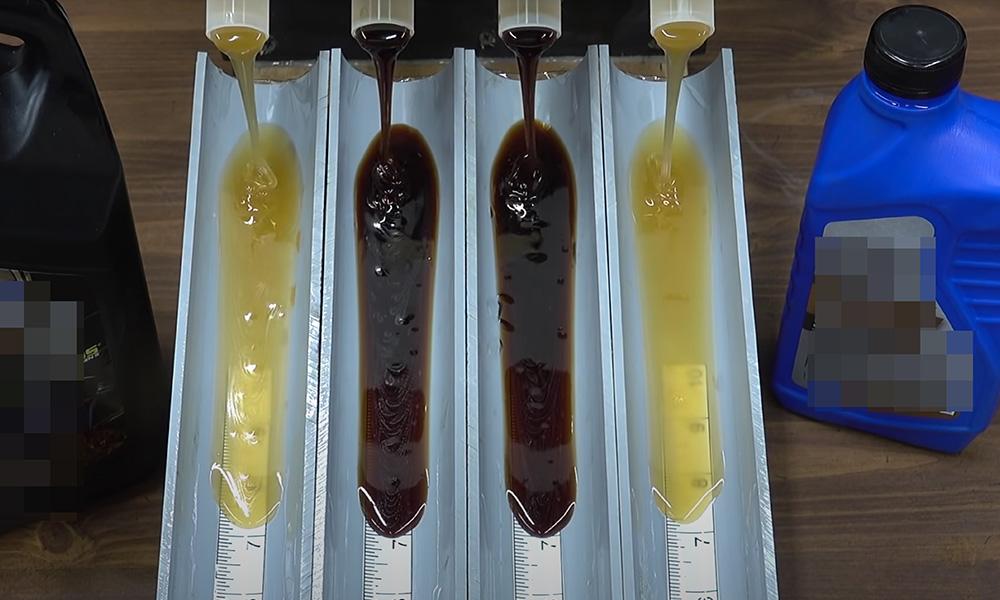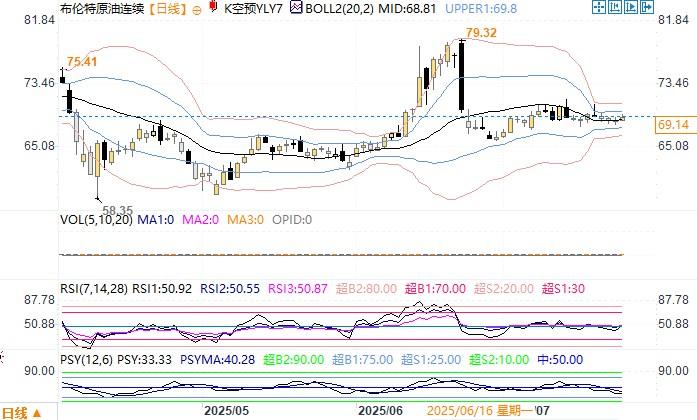Trade tensions cloud oil outlook despite global supply headwinds
2025-07-24 15:06:10
As the deadline approaches, the EU is reportedly studying possible countermeasures against the United States. On Tuesday, U.S. President Trump imposed a 15% tariff on Japanese goods exported to the United States. Japan cut its auto tariffs while opening its market to the United States.

As of 2:55 p.m. Beijing time on Thursday, Brent crude for September delivery was quoted at $68.66 a barrel, and the settlement prices in the last six trading days fell narrowly between $68.52 and $69.52 a barrel, indicating a lack of confidence among traders.
Interestingly, Standard Chartered’s commodity analysts report that sentiment towards the major crude grades is very divided.
Meanwhile, Standard Chartered's crude oil fund manager position index for the main WTI contract is -75.7, indicating high bearishness, while the same indicator for the main Brent contract shows mild bullishness at +29.3. In the past two weeks alone, fund managers have reduced their net long positions in WTI by 82.9 million barrels, but increased their long bets on Brent by 72.3 million barrels, with the Brent and WTI crude oil position index diverging for the third consecutive week.
Standard Chartered noted that U.S. traders appear to be more bearish than their counterparts in Europe, Asia or the Middle East, focusing on general asset markets and paying close attention to the tariff agreement and the news flow from the Federal Open Market Committee (FOMC). Non-U.S. traders, on the other hand, appear to be more focused on the fundamentals of the oil market. But Standard Chartered said the path of least resistance for oil prices from now on is higher, driven by three key catalysts.
First, non-OPEC+ supply is underperforming, and U.S. supply is likely to decline. In fact, the U.S. Energy Information Administration (EIA) predicts that U.S. oil production will decline in 2026, the first contraction since 2021, due to lower oil prices and reduced drilling activity. According to the latest Baker-Hughes Drilling Survey, the number of U.S. oil rigs fell for the 12th consecutive week to 422, the lowest point in 45 months.
The largest weekly declines were in the Texas portion of the Delaware Basin, where the number of active rigs fell by five to 61, while the number of rigs in Reeves County fell by five to 23. The EIA forecasts that U.S. oil production will fall to 13.37 million b/d in 2026, down from an estimated 13.42 million b/d in 2025. The International Energy Agency (IEA) cited inventory growth as the main reason for the decline in oil prices, predicting that global inventories will increase by 800,000 b/d in 2025 and 600,000 b/d in 2026.
Secondly, Standard Chartered Bank pointed out that short-term and long-term oil demand has proven to be stronger than generally believed. Finally, OPEC+'s policies are becoming more proactive as major member countries continue to work hard to improve the efficiency of the organization.
Third, natural gas inventories in Europe continue to grow strongly, putting pressure on TTF prices.

Brent crude oil continuous daily chart Source: Yihuitong
At 14:51 Beijing time on July 24, Brent crude oil continued to be quoted at US$69.14 per barrel
- Risk Warning and Disclaimer
- The market involves risk, and trading may not be suitable for all investors. This article is for reference only and does not constitute personal investment advice, nor does it take into account certain users’ specific investment objectives, financial situation, or other needs. Any investment decisions made based on this information are at your own risk.





















